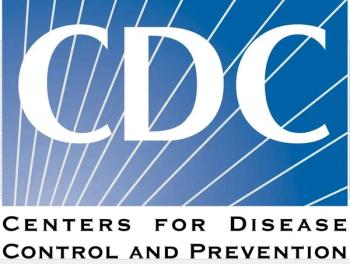
Upper Respiratory Disorders Symptom Checker: A 5-question Quiz
Some symptoms of COVID-19 overlap with the common cold, flu, and other respiratory diseases. See if you can differentiate between them in these 5 patient scenarios.
Some symptoms of the novel coronavirus disease (COVID-2019) overlap with other respiratory diseases including the common cold and influenza, which may make it difficult for patients to differentiate between them. Physicians can help by educating patients on what symptoms may or may not be a sign of COVID-19. Find out how much you know about the different symptoms and respiratory diseases with the 5 patient scenarios below.
Newsletter
Enhance your clinical practice with the Patient Care newsletter, offering the latest evidence-based guidelines, diagnostic insights, and treatment strategies for primary care physicians.





























































































































































































































































































































